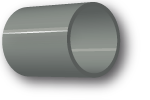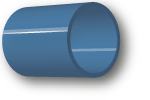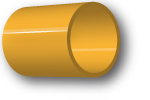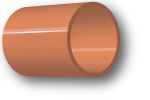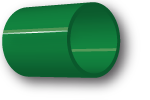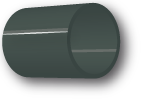French patent: search report
The patent application is then subjected to a formal examination. Possible objections concerning the form or presentation of the documents of the application can be raised. It is imperative to answer these objections in order for the examination to proceed. The INPI then sends a copy of the application to the European Patent Office, which performs on behalf of the INPI a prior art search and establishes an opinion on the patentability of the application.
The European Patent Office generally strives to prepare this report within a nine months’ deadline after the filing date if the application does not claim any priority; the time required is however often several years if the application is not a first filing for the invention in question.
The search report contains a list of documents uncovered by the search examiner and deemed relevant for assessing the novelty and inventiveness of the invention. The documents are attached to the report. A letter next to each document indicates its relevance. The main codes are “X”, used to designate a document which on its own is considered to call into question the novelty or the inventiveness of a claim of the application, and “Y”, which designates the combinations of documents which, together, allow the inventiveness of a claim to be challenged. The letter “A” designates the documents cited as technological background.
The search report and an opinion on patentability are then transmitted to the INPI and then forwarded to the applicant, who then has a three months’ deadline for answering the objections raised against patentability. If the search report contains only documents marked A by the examiner, it is not compulsory to submit a response to the INPI.
The aim of the search report is merely to establish the patentability of the claimed invention. By no means is it for assessing whether it can be used freely without infringing existing patent rights. An older patent, containing claims sufficiently broad to be infringed by the invention but not describing the new characteristic claimed, will not necessarily be cited despite the applicant obviously having an interest in become aware of this patent. The search report furthermore does not indicate whether the cited patents are still in force.




